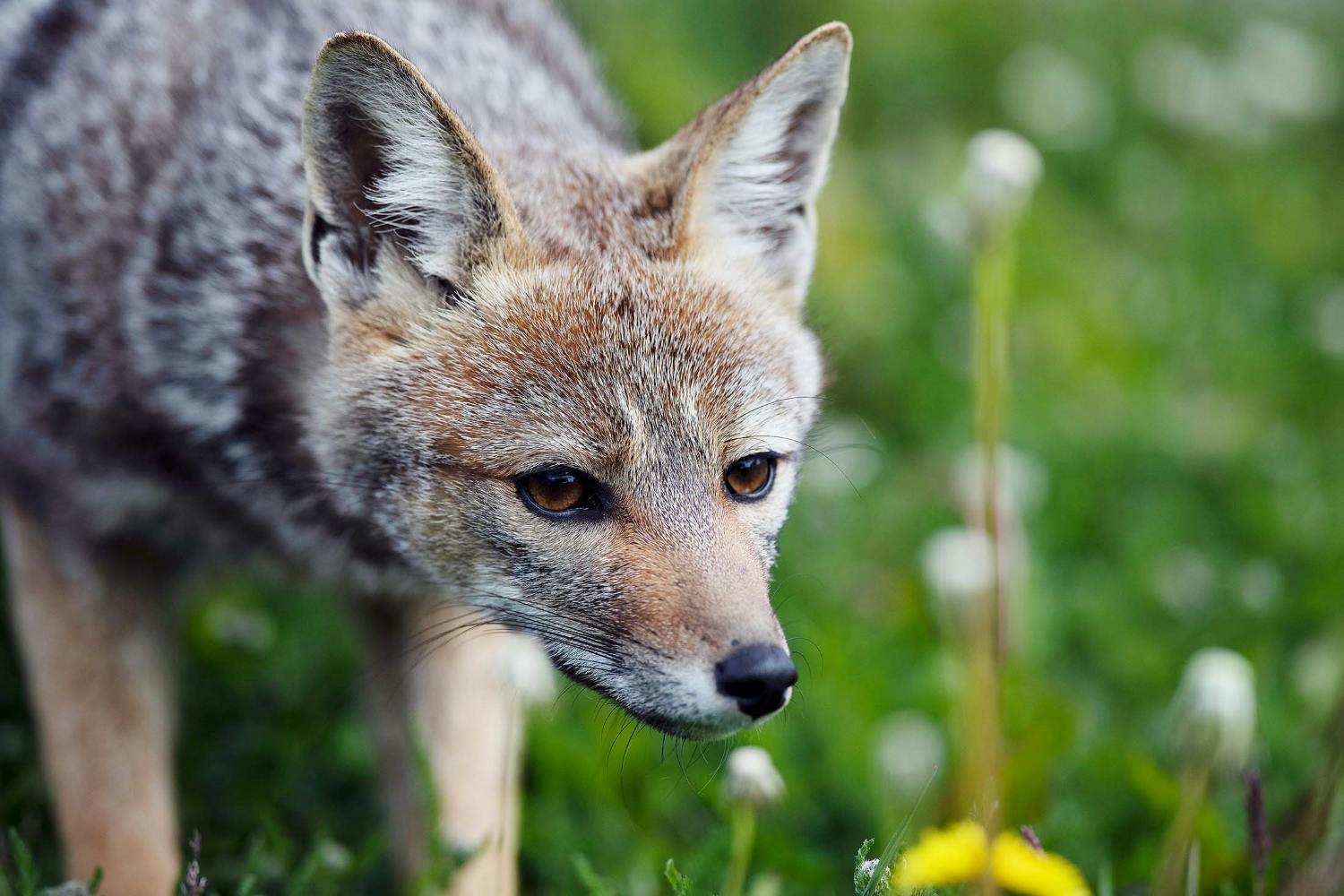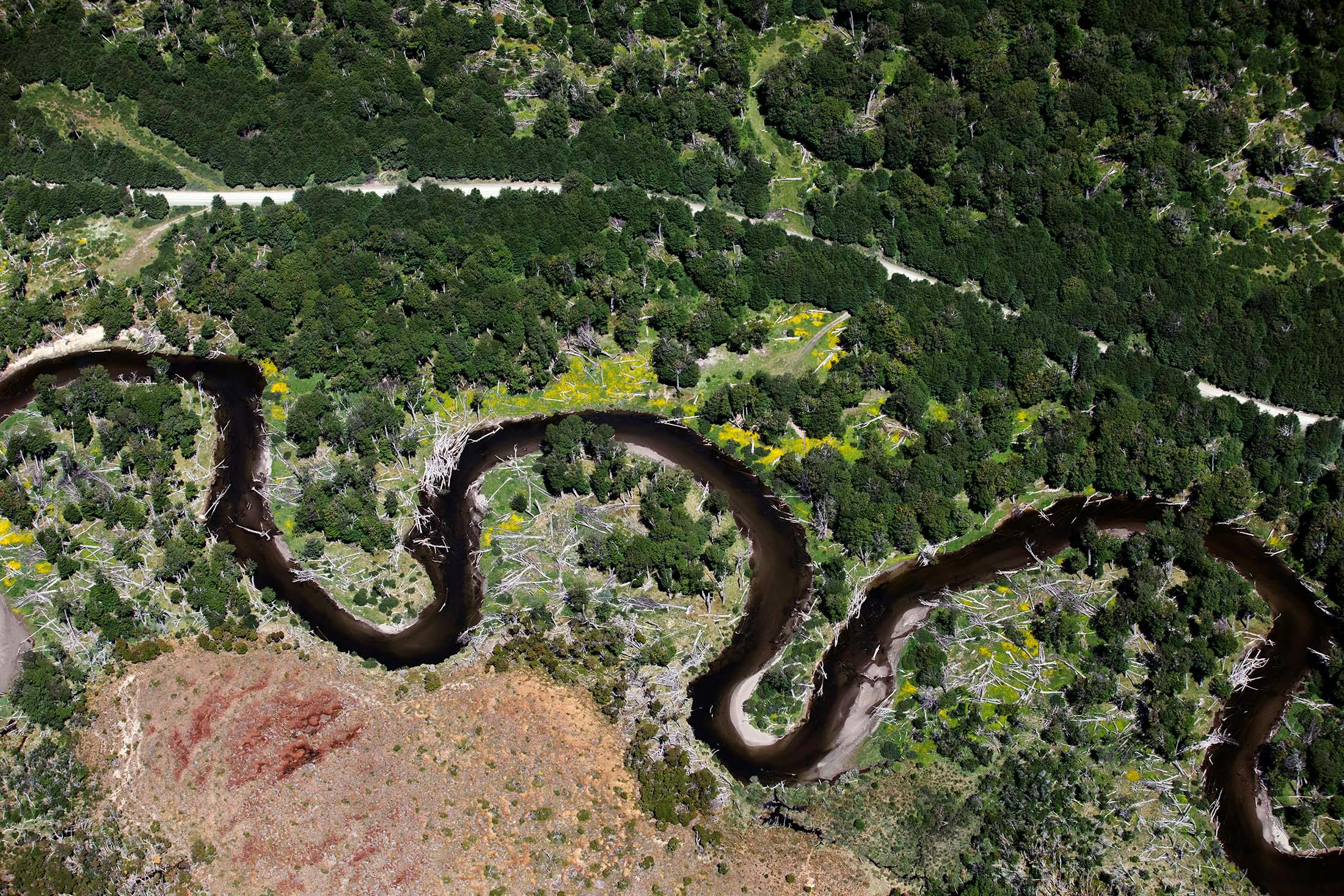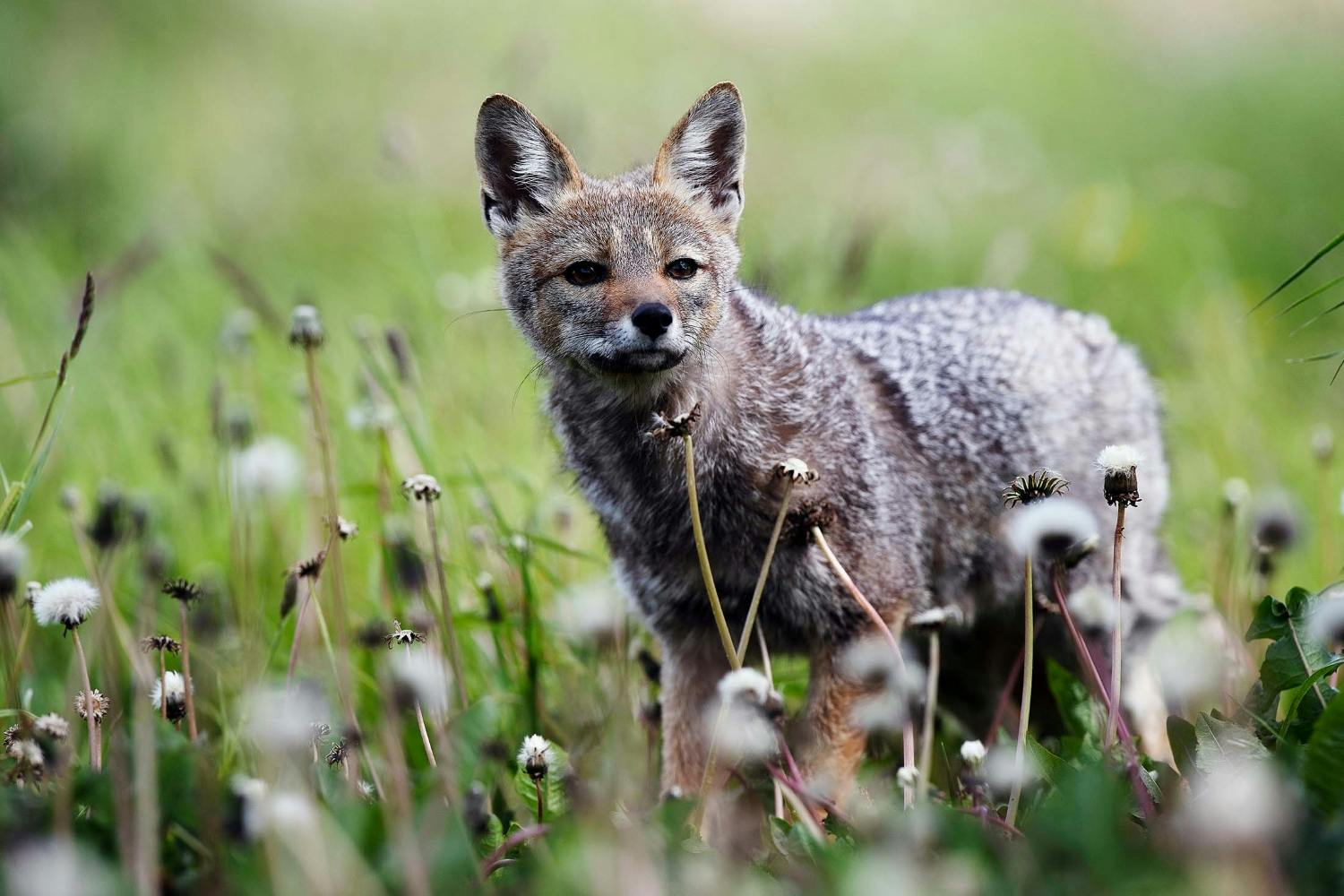Explore the Natural Wonders of Tierra del Fuego National Park
Even during the Patagonian summer, snow tops the mountains of Tierra del Fuego National Park. My fleece provides needed warmth as I wander through the lenga and Antarctic beech trees that grow along the banks of Lake Roca. I hear a tell-tale tap-tap-tap somewhere in the maze of gnarly branches and peer upwards. There, on a lichen covered trunk, I spot the source: a Magellanic Woodpecker with a bright red head and splendid crest.
The sighting is one of many highlights of my visit to Tierra del Fuego National Park, a natural wilderness at our planet’s southern end — next stop Antarctica. From the port city of Ushuaia, getting to Tierra del Fuego is easy: Regular bus transfers or The End of the World train (Ferrocarril Austral Fueguino) make it an ideal half- or full-day trip, either before or after an Antarctica cruise.

Biodiversity at the extreme
Established in 1960, Tierra del Fuego National Park protects nearly 70,000 hectares of diverse ecosystems, including forests, mountains, “turberos” (peat bogs), coastal zones, rivers and lakes. The park boasts a fossil-rich geology and Argentina’s only “paleofiordo,” a fjord formed by glacial and freshwater actions. This park is the only place in the country where the nothofagus — or southern beech — forest reaches the sea. These varied habitats are home to an array of flora and fauna.
Tierra del Fuego’s animals alone are worth the journey. The park’s birds include forest dwellers such as woodpeckers, Rufous-collared Sparrows and White-throated Treerunners, while the lakes and coastal areas around the Beagle Channel support geese, ducks, albatross and oystercatchers, among others.
Hardy mammals have also adapted to life at the end of world. A visit offers the chance to see guanaco (a curious llama look-a-like that is prone to spitting), hardy horses, Fuegian foxes and perhaps even Lontra provocax, an endangered species of sea otter known locally as “huillín.”

Tierra del Fuego’s natives: From nomads to guardians
The fascinating 10,000-year-old story of Tierra del Fuego’s early human inhabitants is told through the park’s “concheros” — gatherings of shells and other remnants. The nomadic Yámana people traveled in canoes and camped on beaches; the discarded mussel shells, bird bones, arrows and tools they left behind offer a glimpse into their lives.
Today, humans are guardians of this landscape. Marcelo Ochoa has worked within Argentina’s national parks system for 28 years and is now Director of Tierra del Fuego National Park. He believes that it is the allure of being at the end of the world that draws visitors.
“One of my favorite areas is in the south of the park, which has a network of low to medium difficulty trails,” he explains. “One trail allows you to walk on the edge of Ensenada Zaratiegui and the Beagle Channel; it is a perfect and fascinating combination.”
Adrián Novosad has worked in the park for five years, in both administrative and hands-on roles. Tierra del Fuego is unique among Argentina’s national parks, he says. “It is very close to the city [Ushuaia], allowing visitors to admire the beauty of the Fuegian landscape in an almost pristine state.”
Novosad’s work provides many opportunities for encounters with nature:
“Those that stand out the most to me are being lucky enough to see orcas in the Ensenada Zaratiegui sector, hiking to the top of Cerro Guanaco, and having the opportunity of working closely with foxes and birds on a daily basis.”

The beaver issue
Ochoa and Novosad protect the park’s inhabitants, but among them is one unwelcome resident: the North American beaver.
In 2016, Jonathan Henn, an ecologist at the University of Wisconsin-Madison, published a paper on the impact of these non-native mammals. “The problem with beavers is that historically they were not present in Tierra del Fuego and were introduced around 1940 as a potential fur source,” he says.
The fur trade never really took off, but the beavers thrived in the region thanks to an abundance of trees and water — and a lack of natural predators. The newcomers spread rapidly, building dams, flooding sensitive areas and damaging trees by gnawing on their branches and bark.
“Beavers create pretty big modifications to their environment, which are very visible and impact a lot of other animals and plants,” says Henn. “Tierra del Fuego’s native tree species have a lot of trouble growing back after beavers have done their work.”
During his research, Henn worked with Alejandro Valenzuela and Christopher Anderson, both of the National University of Tierra del Fuego and Argentina’s National Council for Scientific and Technical Research. The pair have been working on the beaver issue for the last 20 years. According to Valenzuela, between 1980 and 2000, the number of beaver colonies in the public-use area of the park — which is just three percent of the park’s overall size — grew from 12 to 24, with five to seven beavers per colony.

Several approaches have been taken to address the problem. Among them is the Beaver Control Program, which was developed in 2001 by an interdisciplinary team that included scientists, managers and rangers. “The goal every year is to eliminate most of the beavers from one colony, trying to leave at least one or two individuals,” explains Valenzuela.
This reduces reproduction rates but also stops “reinvasions” from outside the park; the remaining beavers are territorial and will not let other colonies invade their dens. The program has reduced numbers in the public use area of the park back to 1980 levels. “That means that it took 10 years to reverse 20 years of bad management but still we did it,” says Valenzuela.

Controlling the beavers remains contentious. It is not only an ecological issue, explains Anderson, it is socio-ecological with both human and natural dimensions. Researchers are now investigating different social groups’ understanding and acceptance or rejection of control programs. Most people approve of the removal of invasive species and identify them as a principle environmental threat, says Anderson. “Yet, paradoxically, they do not support lethal trapping. Distinguishing these issues of perceptions versus values can ultimately help manage this problem.”
A cup of mate and a postcard home
I watch that majestic woodpecker a while longer before continuing through the forest to the trail’s end, concluding my visit to this astonishing park. Here, a modest metal structure marks the border between Argentina and Chile. I gingerly put my foot into Chile then turn back, ready for a warming cup of mate — a herbal drink that’s popular in the region — at the Alakush Visitor Centre.
In the gift shop, I buy a postcard of a whale leaping out of the Beagle Channel. I take out my pen, write “I made it to the End of the World!” and address it to myself. It is ready to be stamped and sent as proof that I did just that.



Is a visit to Tierra del Fuego on your travel horizon? Head to the end of the world with a Silversea itinerary that calls on Ushuaia, Argentina.
